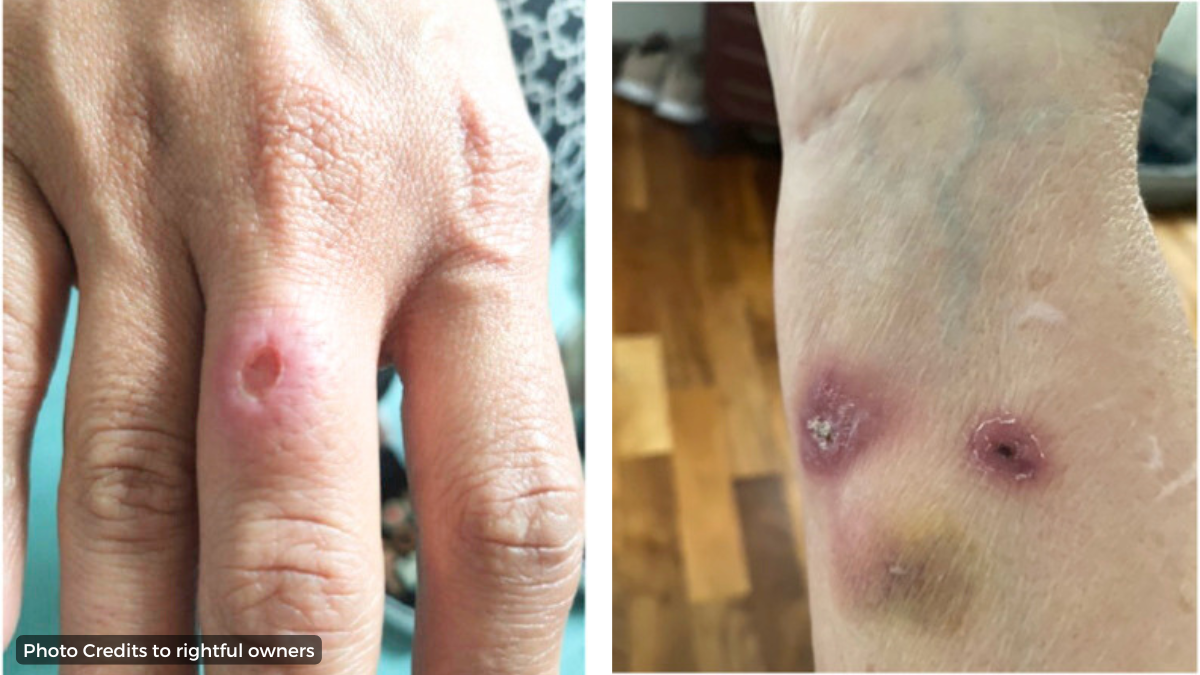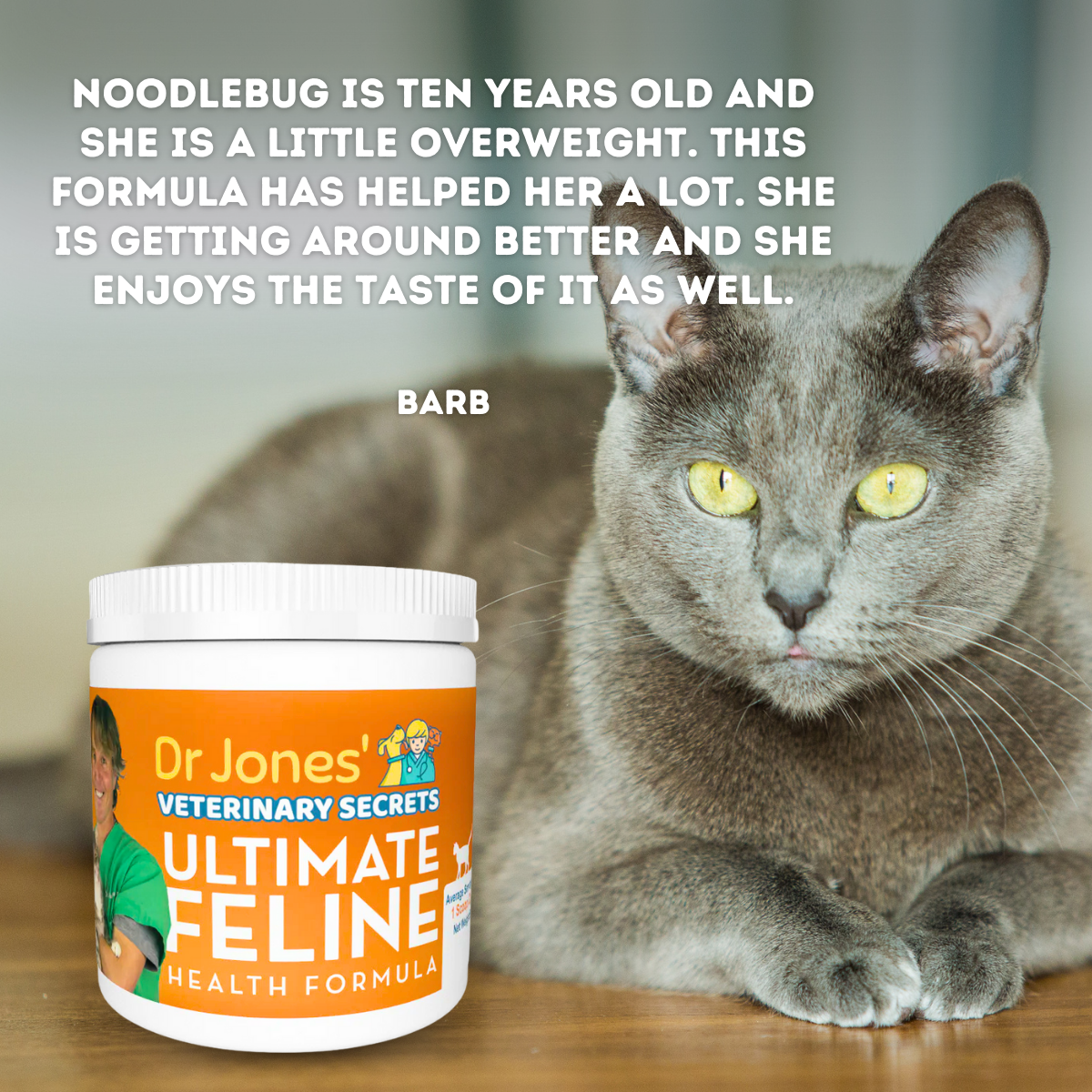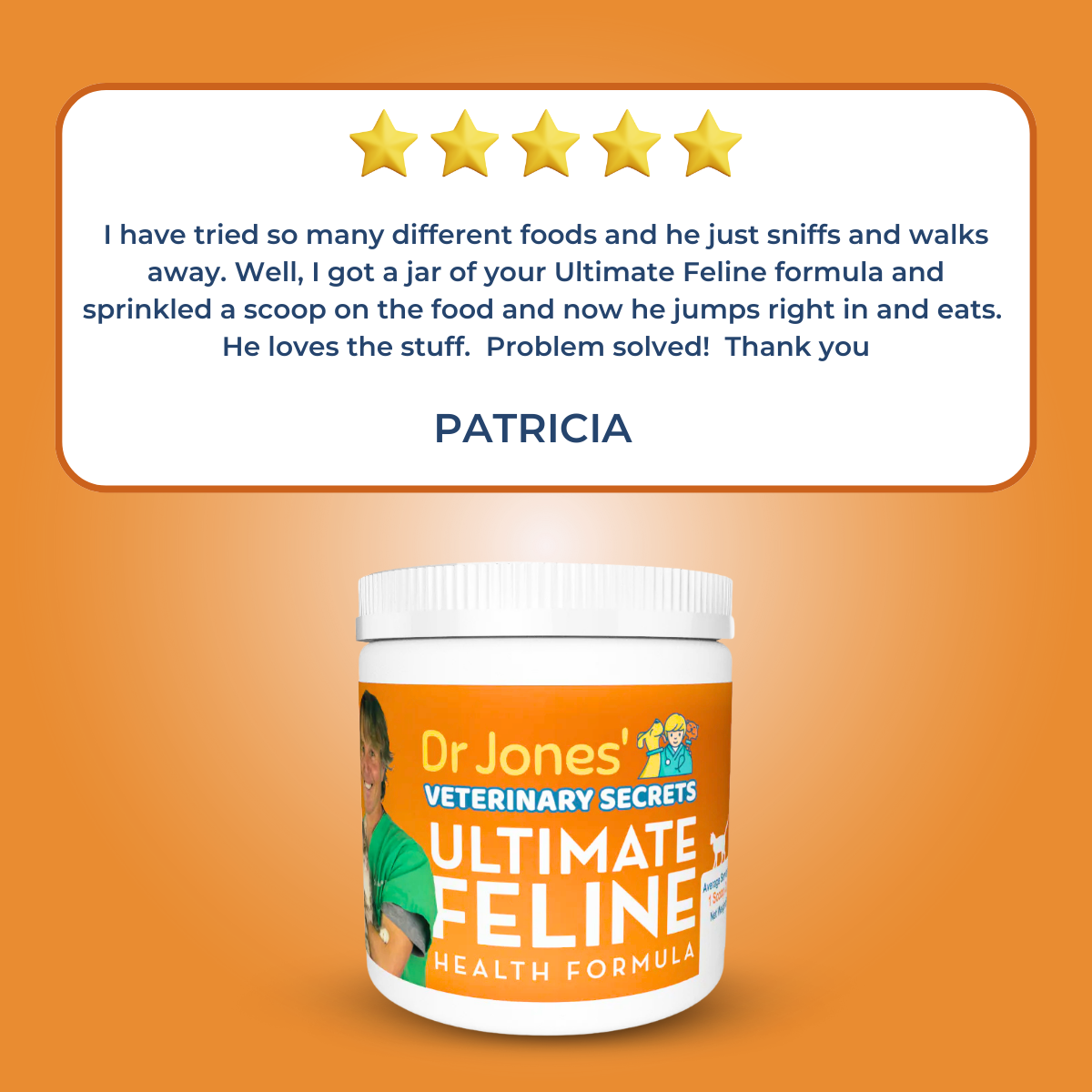CDC Issues Urgent Warning: New Disease Spreads Among Cats
![]()
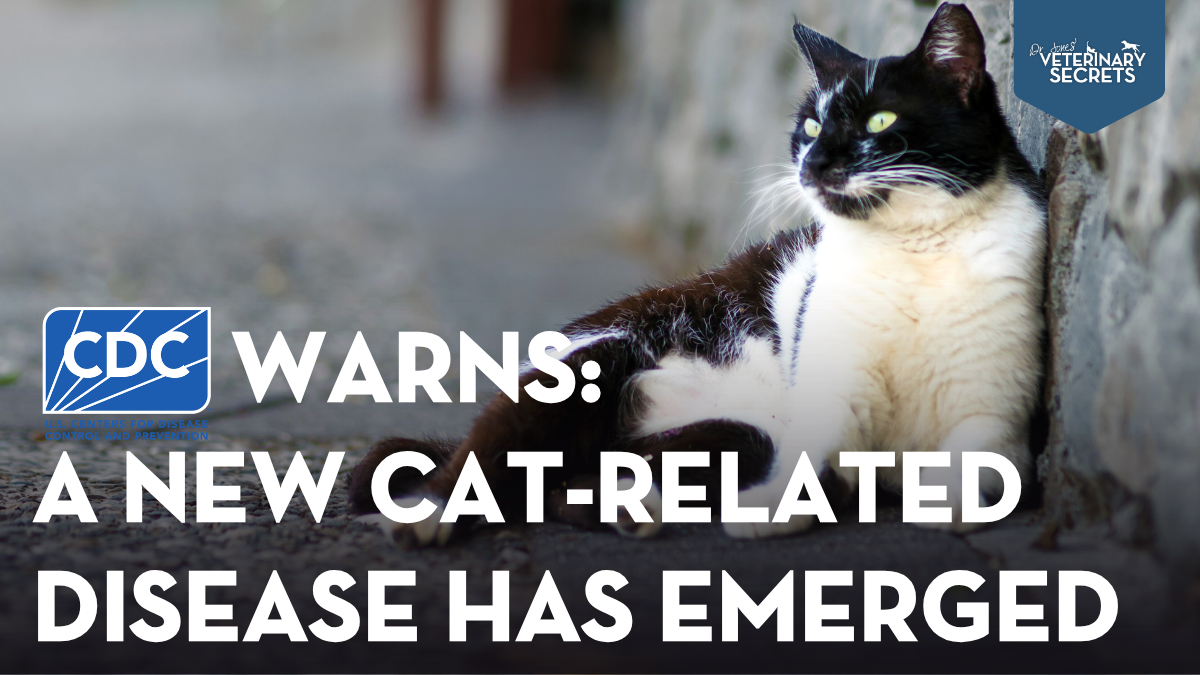
Understanding Emerging and Common Diseases in Pets: What You Can Do to Help
Emerging diseases can be pretty frightening. As much as they might grab our attention, the truth is, the likelihood that your cat, dog, or even yourself will contract one of these diseases is quite small. While it’s easy to worry about the “new" diseases, we should really be focusing on the more common and ongoing health concerns that impact our pets every day.
Common Pet Health Concerns You Should Be Aware Of
Some of the most concerning health issues for pets are diseases that have been around for a while, like Chronic Kidney Disease and Feline Lower Urinary Tract Disease (FLUTD). These conditions are prevalent and can significantly impact your pet’s quality of life, so it’s crucial to stay informed about them.
How to Support Your Pet’s Health Through Nutrition
There are specific ways you can help your cat with these common diseases, and it all starts with the right nutrition. Here are a couple of examples:
-
Chronic Kidney Disease: One important dietary consideration for cats with kidney disease is to lower the phosphorus in their diet. This can help reduce the burden on their kidneys and slow the progression of the disease.
-
Feline Lower Urinary Tract Disease (FLUTD): Adding Glucosamine/Chondroitin to your cat’s diet can help manage symptoms of urinary tract issues by supporting their joint and bladder health.
How Dr. Jones’ Ultimate Feline Health Formula Can Help
To support your pet’s health, especially with conditions like kidney disease and urinary tract issues, Dr. Jones’ Ultimate Feline Health Formula is designed with these specific needs in mind. Our supplement contains ingredients that directly support kidney function and urinary tract health.
Click here to get your bottle of Dr. Jones’ Ultimate Feline Health Formula today!
Taking proactive steps in managing your pet’s health can make a world of difference. If you’re concerned about your pet’s well-being, especially with common diseases, make sure you’re doing all you can to support them with the right nutrients.

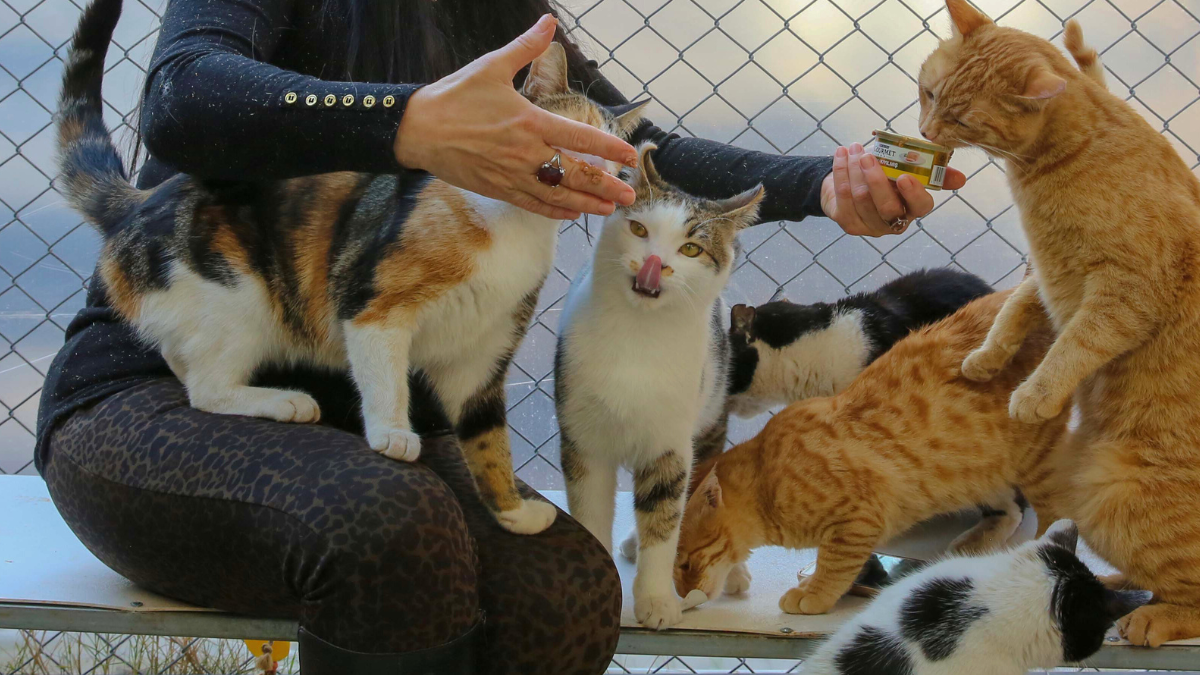
CDC Warns of Cat-Transmitted Sporotrichosis as an Emerging Threat
The Centers for Disease Control and Prevention (CDC) has issued a warning about a growing public health threat: cat-transmitted sporotrichosis, a fungal disease that has become a zoonotic epidemic in Brazil. During a recent teleconference, CDC officials emphasized the potential for this disease to spread to the United States, posing risks not only to cats but also to veterinarians and pet owners.
“Its establishment would be a threat to stray and domestic cat populations and also a risk to veterinarians and cat owners,” said Ian Hennessee, PhD, an epidemic intelligence service officer with the CDC’s Mycotic Diseases Branch, during the Zoonoses & One Health Updates Call.
What is Cat-Transmitted Sporotrichosis?
Sporotrichosis is caused by fungi in the Sporothrix genus, which are found globally but are most common in tropical and subtropical regions. The American Veterinary Medical Association (AVMA) explains that cats infected with Sporothrix brasiliensis can carry large amounts of the fungus, which can easily spread to other cats, humans, and potentially dogs.
Cat-transmitted sporotrichosis was first identified in Brazil in the 1980s and has since spread across Brazil, Chile, and Argentina. The disease is now a significant concern for the United States, and health experts are raising awareness of the potential risks.
How Cat-Transmitted Sporotrichosis Spreads
Sporotrichosis typically causes skin infections. In humans, infection usually occurs when the fungus enters through a cut or scrape, often after contact with contaminated plant matter or an infected animal.
For cats, the infection often appears as lesions on the face, particularly around the nose and mouth. These lesions typically develop after a cat is scratched or bitten during a fight with another infected cat. Additionally, grooming behaviors, such as licking infected wounds and then other areas of the body, can further spread the fungus.
In humans, the hands and arms are the most commonly affected areas.
What Vets Should Know
Veterinary professionals must stay vigilant and report any suspected cases or unusual trends in sporotrichosis infections to local health departments immediately. Dr. Hennessee emphasized the importance of early reporting to help control the spread and protect both humans and animals.
Treatment for Sporotrichosis in Cats
If a cat contracts sporotrichosis, the typical treatment involves long-term antifungal therapy. The most commonly used antifungal is itraconazole, which is administered orally. Treatment usually lasts for several weeks to months, depending on the severity of the infection and the cat’s response to treatment.
In severe cases or when there is resistance to the primary antifungal, other treatments such as terbinafine or combination therapies may be required. It’s also essential to isolate infected cats to prevent the fungus from spreading to other animals or humans. Caregivers handling infected pets should wear gloves and practice strict hygiene.

P.S. It’s concerning that sporotrichosis can be transmitted to people and dogs as well. While it’s not currently a large issue, I’ll keep you informed if the situation changes.
P.P.S. Speaking of feline health, if you’re looking for a supplement to support your cat, Dr. Jones’ Ultimate Feline Health Formula could be a great choice. It includes glucosamine and chondroitin to help decrease bladder inflammation, which may support cats with Feline Urinary Tract Disease. It also has lower phosphorus to potentially help prevent kidney disease.
Seems like a good addition to your cat’s health routine, don’t you think? It’s available now!




